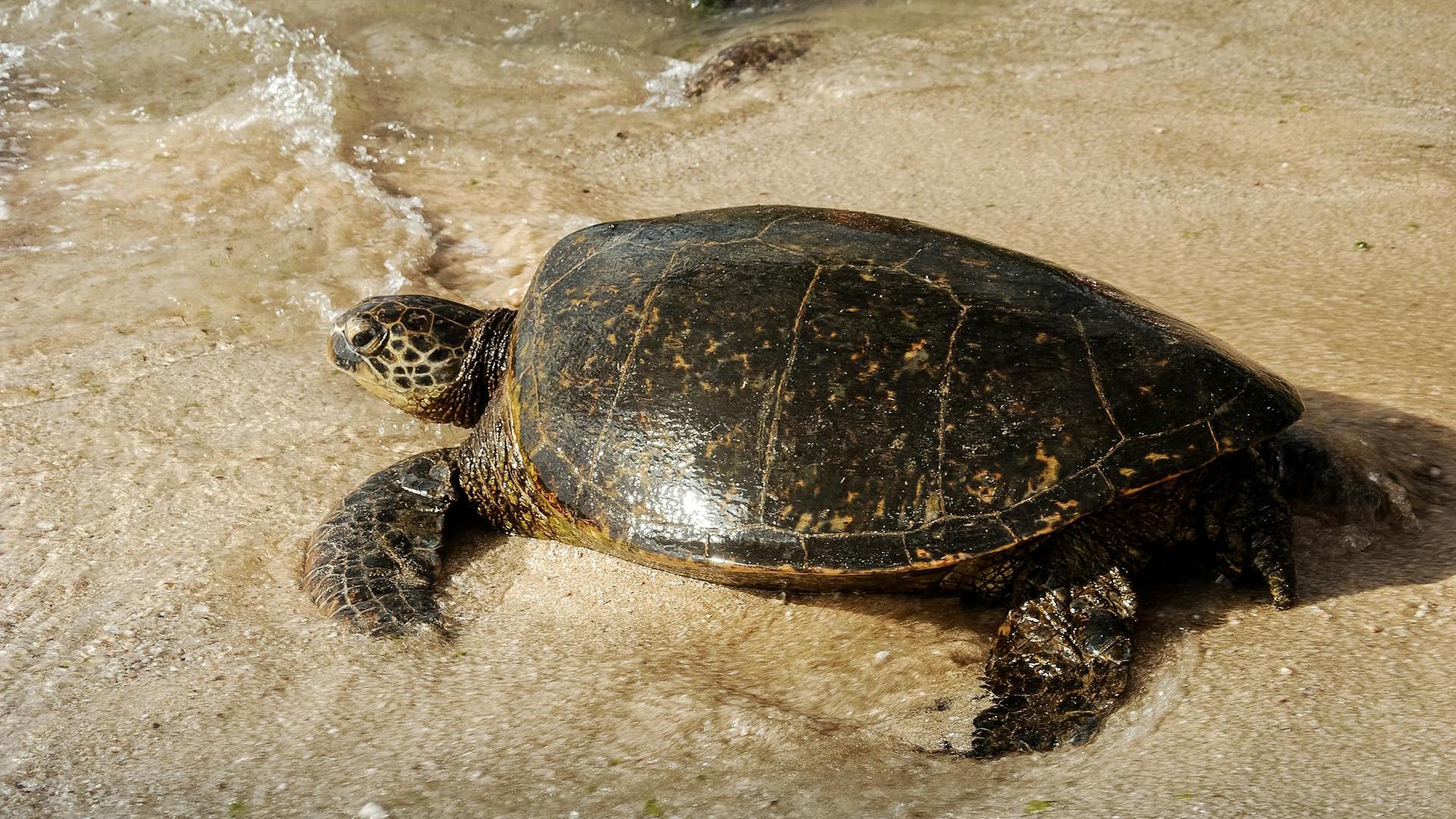Turtles make fascinating pets and can live remarkably long lives when properly cared for. However, like all animals, they are susceptible to various health issues that can significantly impact their quality of life and longevity. Understanding common turtle diseases, their symptoms, and prevention methods is crucial for any turtle owner or enthusiast. Many health problems in turtles stem from improper husbandry, diet, or water quality, meaning that with the right knowledge and care routines, many conditions can be prevented before they ever develop. This comprehensive guide explores the most common ailments affecting both aquatic and terrestrial turtles, providing you with the information needed to keep your shelled friend healthy and thriving for years to come.
Shell Rot (Ulcerative Shell Disease)
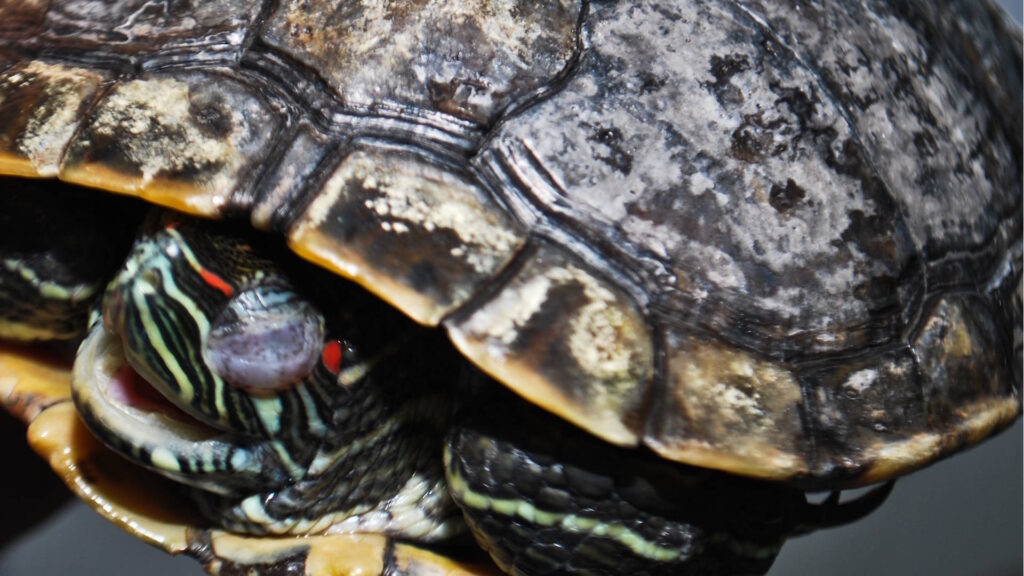
Shell rot is one of the most common and serious conditions affecting turtles, characterized by soft, discolored patches or pits on the shell that may emit an unpleasant odor. This bacterial or fungal infection typically occurs when damage to the shell—such as scratches, cracks, or abrasions—allows pathogens to enter and colonize the underlying tissue. Environmental factors like poor water quality, inadequate filtration, and insufficient UVB exposure can significantly increase the risk of shell rot. Left untreated, this condition can progress from the outer layers (scutes) to the bone underneath, potentially becoming life-threatening as the infection spreads to internal organs. Prevention focuses on maintaining clean habitat conditions, proper water parameters, regular shell inspections, and avoiding housing turtles with aggressive tankmates that might cause shell damage.
Respiratory Infections
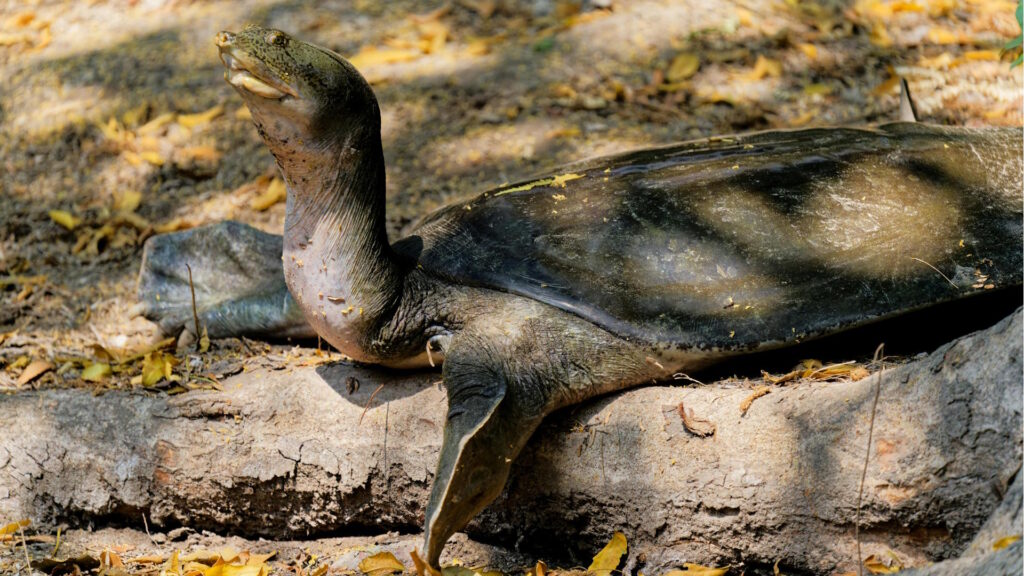
Respiratory infections represent a significant health threat to turtles, particularly when kept in environments with inadequate temperatures or excessive humidity. The classic signs include wheezing, labored breathing, excess mucus around the mouth or nose, lethargy, and swimming asymmetrically or lopsidedly in the water. These infections typically develop when turtles are exposed to cold temperatures for extended periods, as their immune systems become compromised and unable to fight off bacterial or fungal pathogens. Many respiratory infections in turtles are caused by bacteria like Aeromonas and Pseudomonas, which thrive in poorly maintained environments. Prevention involves maintaining proper temperature gradients within the habitat (including a warm basking area), ensuring good ventilation, keeping water clean, and avoiding rapid temperature fluctuations that can stress the turtle’s system.
Vitamin A Deficiency (Hypovitaminosis A)
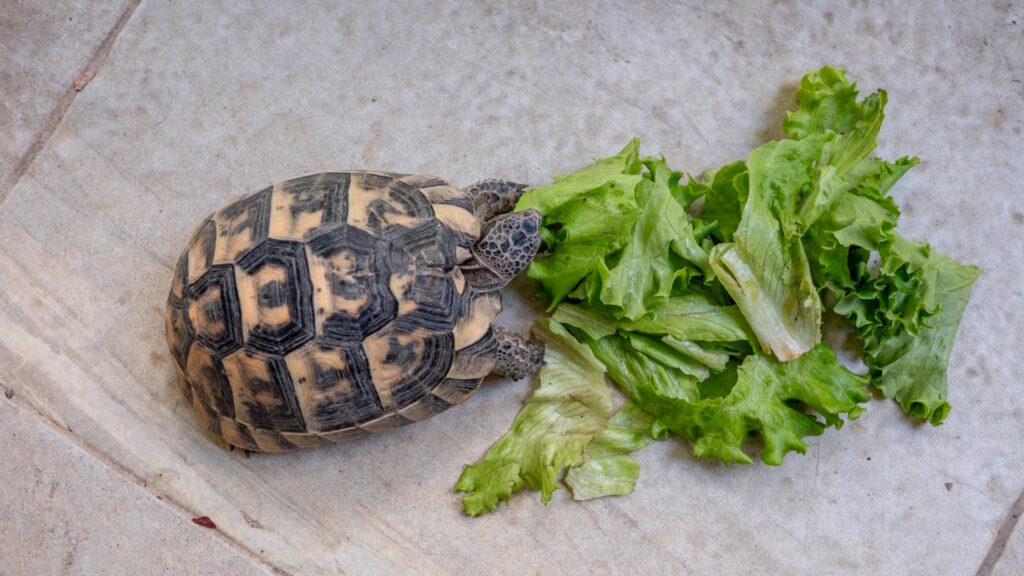
Vitamin A deficiency occurs frequently in captive turtles and manifests primarily through eye-related symptoms, including swollen eyelids, conjunctivitis, and excessive discharge. Beyond ocular issues, affected turtles may develop respiratory problems, loss of appetite, lethargy, and an increased susceptibility to secondary infections as vitamin A plays an essential role in maintaining healthy epithelial tissues throughout the body. This deficiency typically develops when turtles receive diets consisting predominantly of iceberg lettuce, cucumber, or other nutritionally poor foods lacking in vitamin A precursors. Prevention is straightforward: provide a varied diet rich in vitamin A sources such as dark leafy greens, orange vegetables (carrots, sweet potatoes), commercially available turtle pellets formulated with appropriate vitamin levels, and occasional treats of krill or fish for aquatic species. Regular exposure to UVB lighting also helps turtles metabolize nutrients more effectively.
Metabolic Bone Disease (MBD)
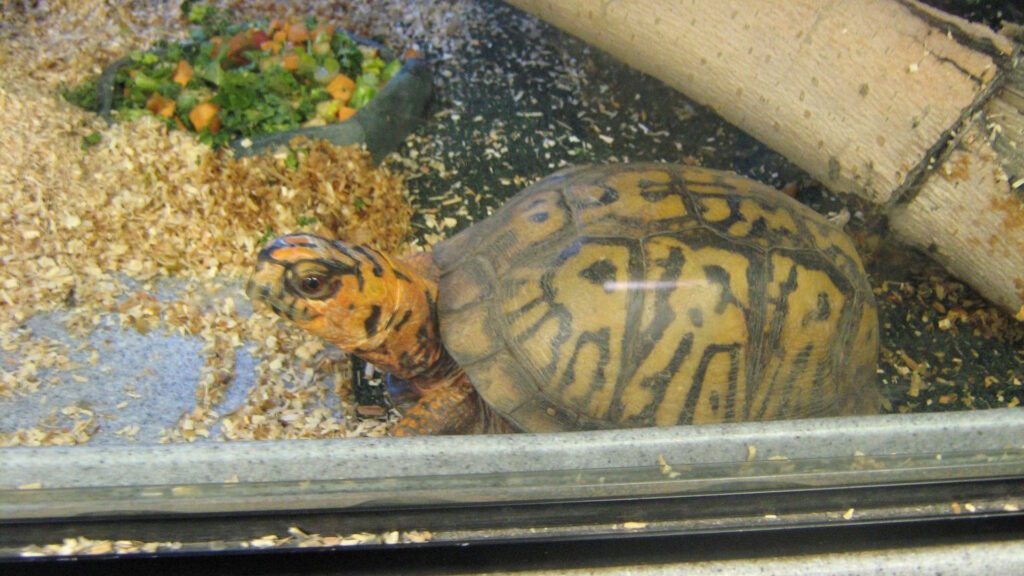
Metabolic Bone Disease represents one of the most devastating yet preventable conditions affecting captive turtles, characterized by softening of the shell, limb deformities, tremors, and difficulty moving or swimming. This condition occurs when calcium metabolism is disrupted due to insufficient calcium intake, improper calcium-to-phosphorus ratios in the diet, or inadequate UVB exposure needed for vitamin D3 synthesis. As the disease progresses, affected turtles may experience fractures, permanent shell deformities, and even paralysis as their skeletal structure weakens and deteriorates. Prevention requires a multi-faceted approach: provide appropriate UVB lighting (replaced every 6-12 months as the bulbs lose effectiveness), offer calcium supplements dusted on food items for terrestrial species, maintain proper calcium-to-phosphorus ratios in the diet, and ensure a varied diet that includes calcium-rich foods like collard greens, dandelion greens, and cuttlebone for some species.
Ear Abscesses

Ear abscesses present as painful, swollen masses behind the tympanic membrane (ear drum) of turtles, often appearing as distinctive lumps on the side of the head. These abscesses develop when bacteria enter the middle ear, usually as a result of vitamin A deficiency, poor water quality, or a weakened immune system that cannot fight off opportunistic infections. If left untreated, ear abscesses can cause permanent damage to the surrounding tissue, spread infection to other areas of the body, and significantly impact the turtle’s quality of life and ability to swim properly. Prevention strategies include maintaining excellent water quality with appropriate filtration, providing a nutritionally complete diet rich in vitamin A, ensuring proper basking opportunities for aquatic turtles to dry completely, and regular health checks to catch early signs of vitamin deficiencies before secondary complications like abscesses develop.
Eye Infections

Eye infections commonly affect turtles and typically manifest as swollen, red, or puffy eyes, sometimes accompanied by discharge or the turtle keeping its eyes closed. These infections can stem from various causes, including poor water quality with high ammonia or chlorine levels, vitamin A deficiency, injuries, or exposure to irritants in the environment. Bacterial conjunctivitis is particularly common in aquatic turtles kept in suboptimal conditions, while box turtles and other terrestrial species may develop eye issues from environmental irritants or trauma. Prevention requires maintaining impeccable water quality with regular testing and water changes, providing proper nutrition rich in vitamin A, creating appropriate humidity levels for the species, and ensuring the habitat is free from sharp objects or aggressive tankmates that could cause eye injuries.
Parasitic Infections

Parasitic infections can affect turtles both internally and externally, with common culprits including protozoa, nematodes (roundworms), trematodes (flukes), leeches, and various arthropods. Signs of internal parasites may include weight loss despite normal eating habits, diarrhea, lethargy, and visible worms in feces, while external parasites often cause visible irritation, excessive scratching, or unusual spots on the skin or shell. Many turtles naturally carry some parasite load, but stress, overcrowding, or poor husbandry can allow parasites to multiply to harmful levels. Prevention centers on quarantining new turtles before introducing them to established collections, regular fecal examinations for internal parasites, maintaining excellent water quality, avoiding collection of wild food items that may carry parasites, and creating optimal environmental conditions that support a strong immune system to keep natural parasite loads in check.
Gastrointestinal Issues
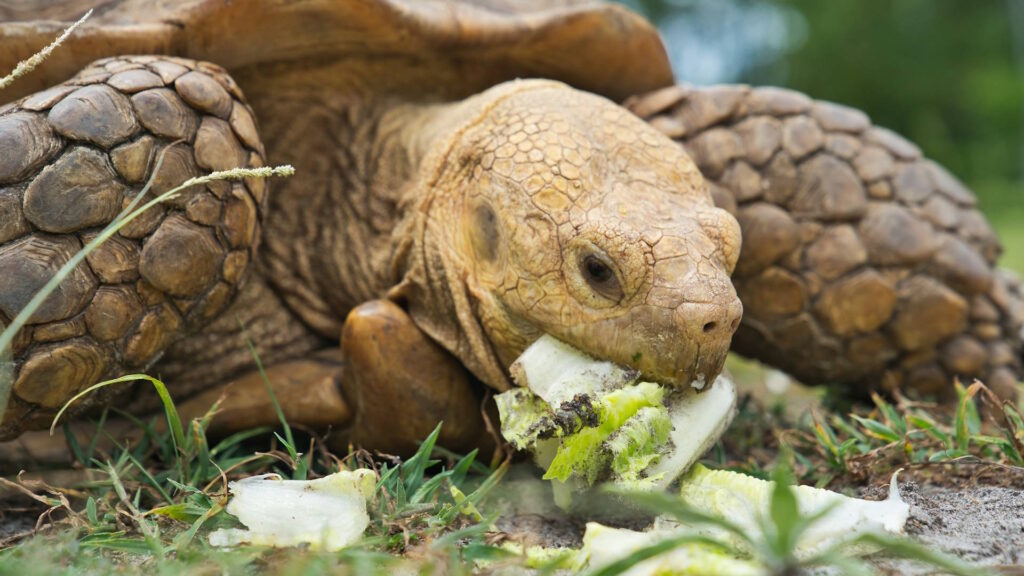
Gastrointestinal problems frequently affect captive turtles and can range from minor digestive upsets to life-threatening obstructions or infections. Common symptoms include reduced appetite, abnormal feces (diarrhea or constipation), lethargy, unusual swimming patterns, and in severe cases, prolapse of the cloaca. These issues often stem from inappropriate diets, ingestion of substrate or foreign objects, sudden dietary changes, or infections from pathogenic bacteria, parasites, or fungi. Particularly concerning is the ingestion of gravel or small decorative items that can cause impactions requiring surgical intervention. Prevention involves providing species-appropriate diets in proper quantities, using suitable substrate that cannot be easily ingested, maintaining clean feeding areas separate from the main habitat, offering food appropriately sized for the turtle, and establishing a regular feeding schedule that aligns with the natural feeding patterns of the species.
Shell Infections and Trauma
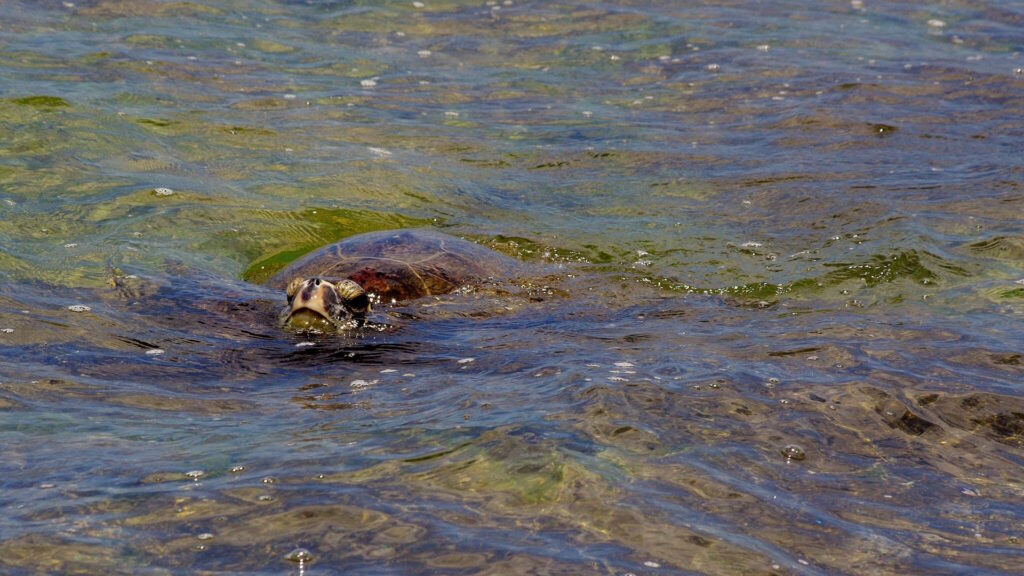
Beyond shell rot, turtles can experience various other shell issues including bacterial infections, fungal colonization, algae growth, and physical trauma from accidents or attacks. Signs of shell problems include discoloration, unusual growth patterns, soft spots, pyramiding (abnormal raised scutes), or visible cracks and fractures. Shell health directly reflects overall husbandry quality, as problems typically develop from poor environment conditions, inadequate nutrition, or physical injuries. Prevention strategies include providing proper lighting (UVB) and temperature gradients, ensuring appropriate humidity levels for the species, offering calcium-rich diets to support healthy shell development, creating safe enclosures free from fall hazards, and avoiding housing incompatible species together. Regular gentle cleaning of the shell with a soft brush can help remove buildup before it becomes problematic, while routine shell examinations can catch minor issues before they develop into serious conditions.
Swollen Eyes (Not Infection-Related)
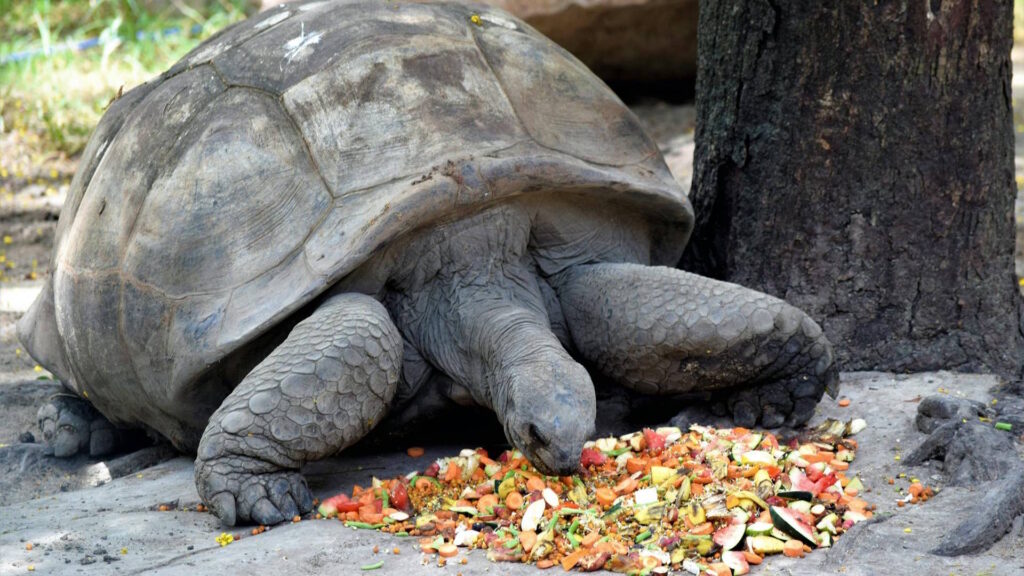
Swollen eyes in turtles don’t always indicate infection; they can also result from vitamin deficiencies, environmental irritants, or underlying health conditions affecting fluid balance. Particularly in aquatic turtles, chronically swollen eyes often signal vitamin A deficiency, which affects epithelial tissue health throughout the body, including the delicate tissues around the eyes. Habitat-related causes include excessive chlorine or ammonia in water, particulate matter from inadequate filtration, or exposure to chemicals from cleaning products, plants, or substrate. Prevention focuses on providing a nutritionally complete diet rich in vitamin A precursors like beta-carotene found in orange vegetables and dark leafy greens, maintaining meticulous water quality with appropriate filtration and regular testing, avoiding harsh chemicals in or around the habitat, and ensuring proper UVB lighting to support overall metabolic functions and nutrient utilization.
Fungal Infections

Fungal infections can affect a turtle’s shell, skin, respiratory system, and even internal organs, presenting as white, gray, or colored patches, unusual textures, or in respiratory cases, symptoms similar to bacterial infections. These opportunistic infections typically gain foothold when the turtle’s immune system is compromised due to stress, poor nutrition, inappropriate temperatures, or existing injuries that create entry points for fungal spores. Particularly concerning are systemic fungal infections that can spread throughout the body, becoming difficult to treat and potentially fatal. Prevention centers on maintaining optimal environmental conditions with appropriate temperature gradients, humidity levels matched to the species’ needs, excellent water quality for aquatic turtles, and proper ventilation to prevent stagnant, humid air that promotes fungal growth. Additionally, providing nutritionally complete diets, minimizing stress factors, and promptly addressing minor injuries or skin issues prevents fungi from finding opportunities to establish infections.
Nutritional Disorders

Nutritional disorders extend beyond the commonly recognized vitamin A deficiency and metabolic bone disease to include obesity, protein deficiency, fatty liver disease, and various vitamin imbalances that can profoundly impact turtle health. Signs of nutritional problems include abnormal shell growth (including pyramiding), soft tissue swelling, discolored skin or shell, lethargy, inconsistent appetite, abnormal weight distribution, and delayed healing of minor injuries. The complexity of turtle nutritional requirements varies by species, with aquatic, semi-aquatic, and terrestrial turtles each having distinct dietary needs that change throughout their lifecycle. Prevention involves researching the specific nutritional requirements of your turtle species, providing appropriate commercial foods supplemented with fresh options, understanding the correct balance of animal and plant matter for your specific species, maintaining feeding schedules appropriate for the turtle’s age, and regularly reassessing the diet as the turtle grows and ages.
Preventive Care and Regular Health Monitoring
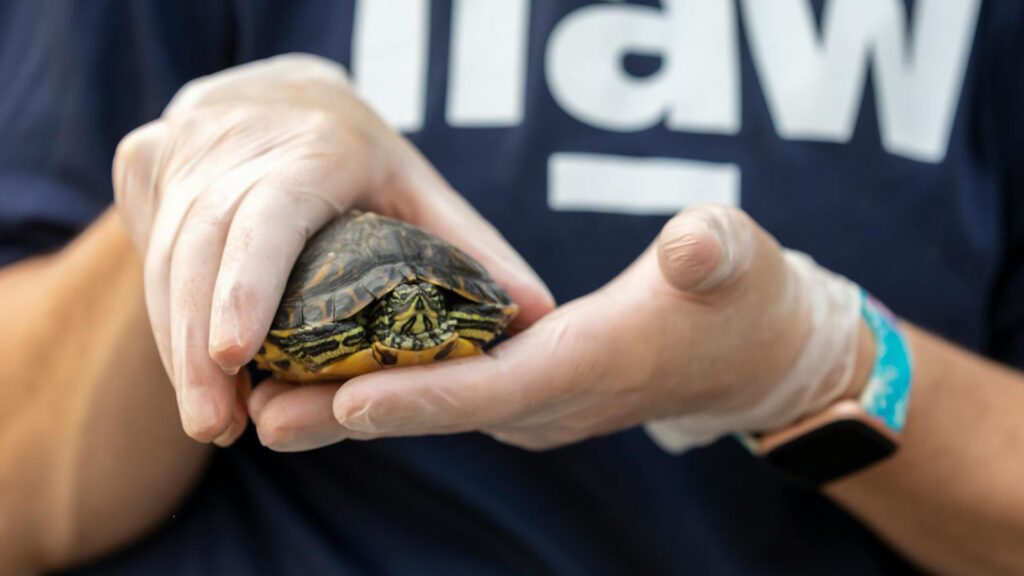
Establishing a comprehensive preventive care routine represents the most effective strategy for avoiding turtle diseases and catching potential issues before they become serious health crises. This approach should include regular veterinary check-ups with an exotic animal specialist (annually for healthy adults, more frequently for young, elderly, or compromised turtles), detailed habitat maintenance schedules, water quality testing protocols for aquatic species, weight monitoring to track growth and detect unusual changes, and routine physical examinations you can perform at home. During home health checks, examine the shell for abnormalities, observe the eyes for clarity and alertness, monitor fecal quality and consistency, assess activity levels and appetite patterns, and document any changes in behavior or appearance through photos or written records. Maintaining a health journal for your turtle allows you to recognize subtle changes over time and provides valuable information to share with your veterinarian if health concerns arise.
Quarantine Procedures for New Turtles
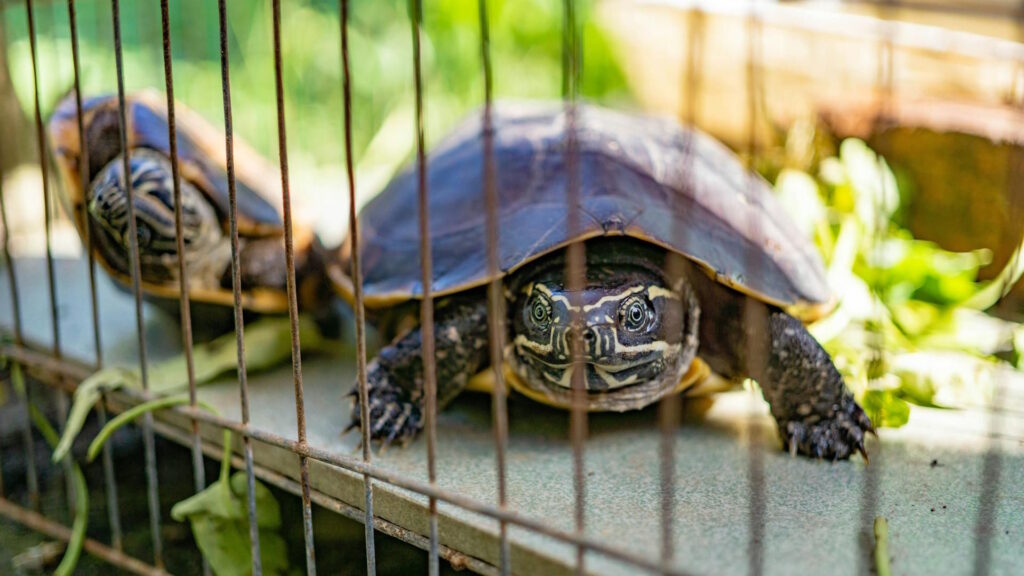
Implementing proper quarantine protocols when introducing new turtles to your collection represents one of the most crucial yet often overlooked disease prevention strategies. New turtles should be housed separately from established collections for a minimum of 90 days, during which time they should be closely monitored for signs of illness, undergo fecal testing for parasites, and receive preventative treatments as recommended by a veterinarian. The quarantine habitat should mimic the permanent enclosure in terms of temperature, lighting, and water quality, while using simplified décor that can be easily disinfected or replaced. During this period, always handle the quarantined turtle last, using separate equipment, gloves, and even clothing to prevent potential cross-contamination. This extended observation period allows sufficient time for incubating diseases to become apparent before potentially exposing your established collection to new pathogens that could devastate multiple animals simultaneously.
Conslusion

Maintaining turtle health requires diligent attention to habitat conditions, nutrition, water quality, and early intervention when problems arise. Many common turtle diseases are preventable through proper husbandry practices tailored to your specific species. By creating appropriate environments with correct temperature gradients, UVB lighting, and filtered water (for aquatic species), providing nutritionally complete diets, and establishing regular health monitoring routines, you can significantly reduce disease risk and ensure your turtle lives a long, healthy life. Remember that prevention is always preferable to treatment, as many turtle illnesses can advance quickly and cause permanent damage before symptoms become obvious. When in doubt, consult with a veterinarian experienced in reptile medicine, as expert guidance can make all the difference in maintaining your turtle’s health and wellbeing for decades to come.



